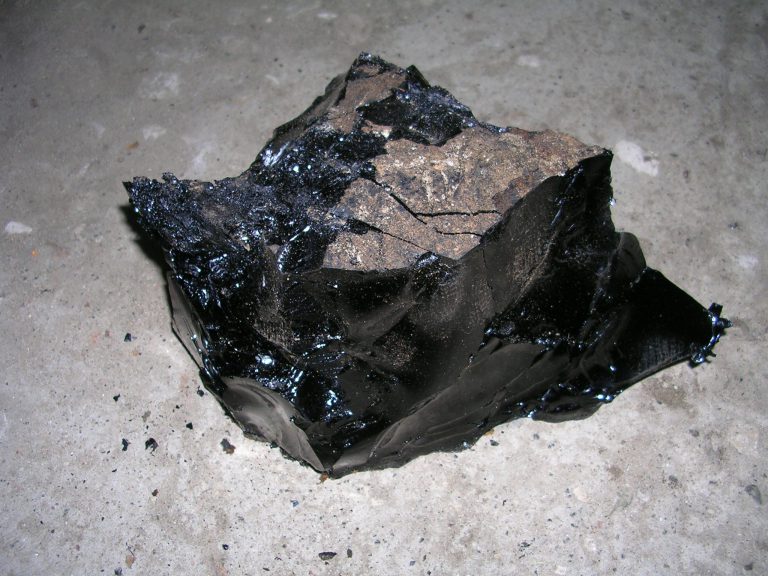
Lorem ipsum dolor sit amet, consectetur adipiscing elit. Ut elit tellus, luctus nec ullamcorper mattis, pulvinar dapibus leo.
FUEL OIL
fuel
NAPHTA
fuel
JET A1
fuel
PARRAFIN
fuel
GASOLINE
fuel
DIESEL
fuel
CRUDE OIL
fuel
PETROCHEMICAL PRODUCT
fuel
BITUMEN
fuel

